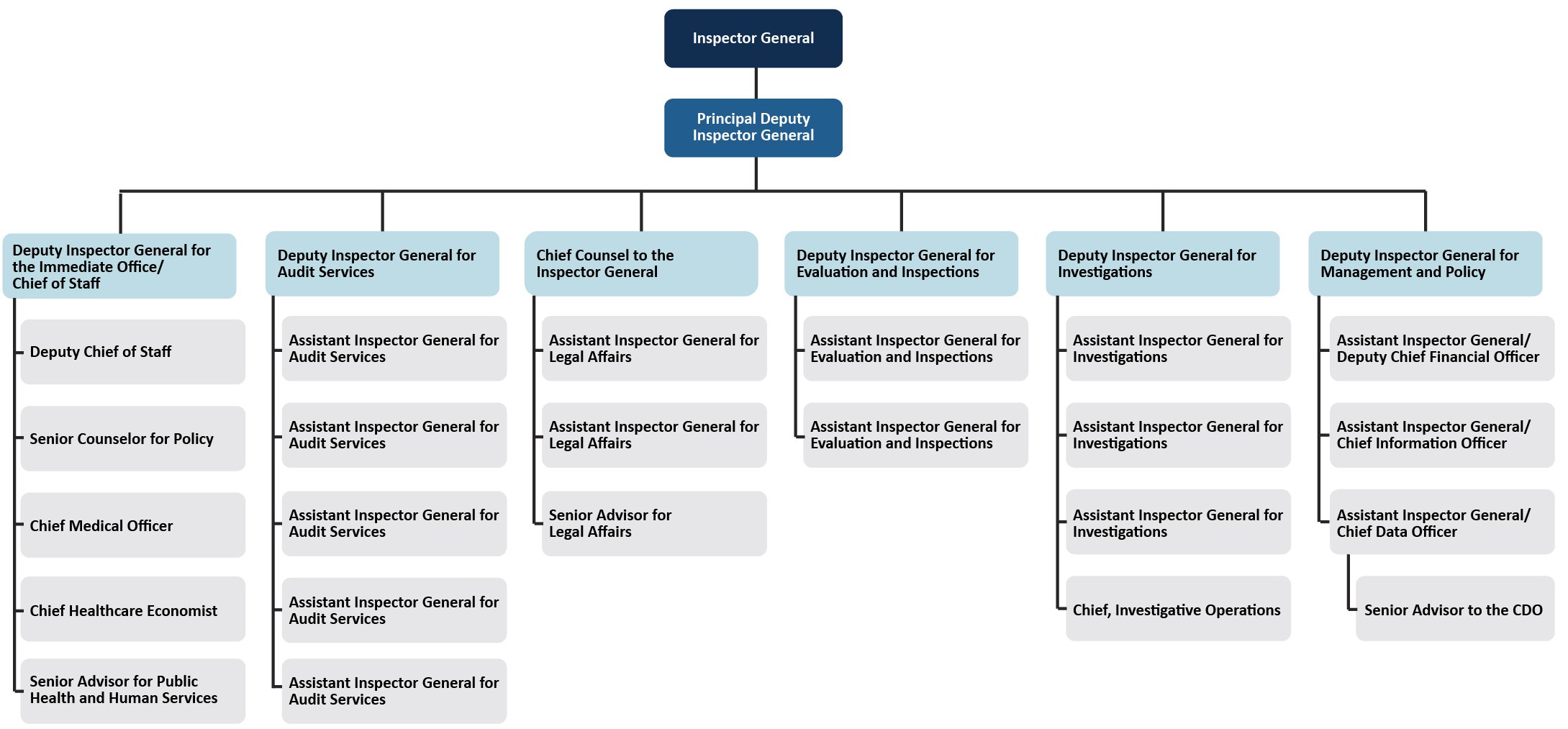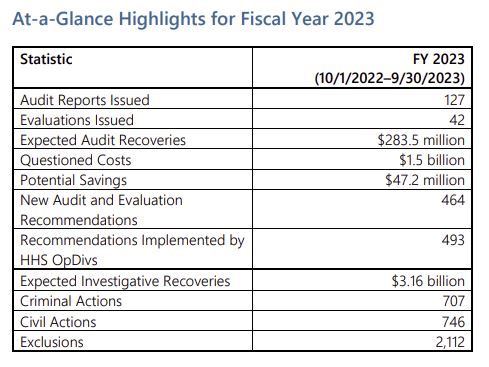A former Maryland dentist has been sentenced for practicing dentistry without a license and fraudulently billing Medicaid for $8.5 million. Seyed Hamid Tofigh, 57, of Potomac, MD, used the names, provider numbers, and professional credentials of four licensed dentists to submit claims to the Maryland Medicaid program, which is a state-run program that provides healthcare benefits to low-income individuals. The majority of Tofigh’s patients were children.
Tofigh had been a licensed dentist since September 1994 and operated several dental practices with two of his brothers. By 2015, the brothers had separated their ownership of the practices and Tofigh retained ownership of Greenbelt Family Dentistry in Greenbelt, MD, and Rockville Family Dentistry in Rockville, MD. In 2014, after receiving several complaints from patients, the Maryland Board of Dental Examiners suspended Tofigh’s license to practice dentistry due to there being a substantial likelihood that he posed a risk of harm to public health, safety, and welfare. In 2015, after a continued investigation, his license was revoked. The Maryland Board of Dental Examiners found Tofigh kept “consistently incompetent and egregiously deficient” dental records, provided incompetent and substandard treatment, billed for services that he never provided, and engaged in unprofessional and dishonorable conduct.
From 2015 through January 2023, Tofigh continued to practice dentistry on Medicaid recipients, but since he was not able to personally bill Medicaid for his services, used the stolen identities of other dentists – two of his brothers, a nephew, and a former colleague – to submit claims. Tofigh continued to provide substandard treatment, billed for procedures that were not performed, conducted unnecessary procedures such as extractions, fillings, and root canal treatments, and intimidated and bullied patients who complained.
On February 6, 2024, Tofigh pleaded guilty to one count of defrauding a state health plan (Medicaid) and one count of practicing dentistry without a license. The Honorable Carol Ann Corderre of the Circuit Court for Prince George’s County sentenced Tofigh to 5 years in jail, with all but 78 days suspended. Tofigh was placed on home detention for 18 months and will serve 5 years of probation for the Medicare fraud count. Tofigh was also sentenced to serve 1 year in jail and a five-year probation term for practicing dentistry without a license. The jail term was suspended, and the two sentences will run consecutively. Tofigh has been prohibited from providing healthcare services that are partially or wholly funded by state or federal governments and must permanently surrender his Maryland dental license. He has also been ordered to pay $8.5 million in restitution within 12 months, of which $4.5 million has already been paid.
“This case revealed a complex healthcare fraud scheme that not only drained taxpayer dollars away from our State’s Medicaid program but also placed Dr. Tofigh’s young patients in real danger,” said Attorney General Brown. “By stopping Dr. Tofigh, my office continues in its commitment to protecting patients and ensuring the integrity of State programs remains intact.”
The post Dentist Sentenced for Theft of $8.5 Million from Medicaid appeared first on HIPAA Journal.

